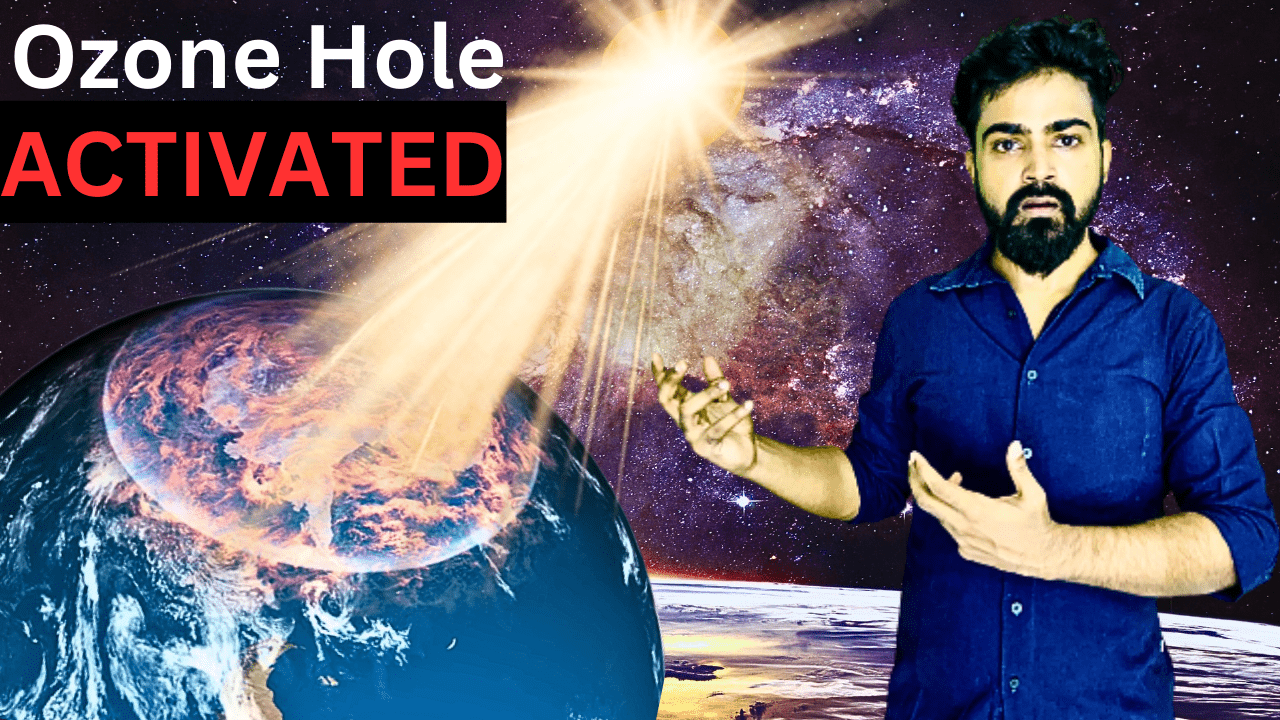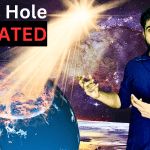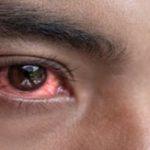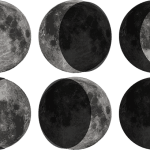Earth layer
Our Earth is surrounded by layers such as the troposphere, stratosphere, mesosphere, thermosphere, and exosphere. The troposphere is the lowest layer in our Earth’s atmosphere, meaning it is closest to us, and it has an impact on our weather and climate. Above the troposphere is the stratosphere, which protects us from harmful ultraviolet (UV) radiation. The air movement in this layer is relatively slow. Beyond the stratosphere, we find the mesosphere, where temperatures are low, and meteorites and shooting stars burn up. The mesosphere has low pressure and serves as a protective barrier between space and Earth.
Above the mesosphere is the thermosphere, where temperatures are higher. This is the layer where our equipment and satellites are located, which are used for communication and navigation. The highest layer is the exosphere, and beyond this, our atmosphere ends, and space begins. In this layer, hydrogen and helium gases are found, but the pressure is very low.
We have discussed all the layers of the atmosphere, but there has been no mention of the ozone layer anywhere. It’s not the case that the ozone layer is separate from these layers. The ozone layer is actually located in the second layer of the atmosphere, the stratosphere.
What is Ozone Layer
The ozone layer is an invisible layer found in our Earth’s atmosphere, ranging from approximately 10 kilometers in altitude to 50 kilometers. This means it cannot be seen, and the reason for its invisibility is the presence of ozone gas, which is a type of oxygen characterized by having three oxygen atoms, whereas the oxygen in the air around us typically has two atoms.
The ozone layer protects us from the ultraviolet (UV) radiation coming from the sun. When UV radiation from the sun reaches our planet, the ozone molecules in the ozone layer absorb and prevent harmful UV radiation from reaching us.
If the ozone layer were not present, UV radiation could have been dangerous for us. Increased exposure to these radiations could pose a risk to our health, leading to conditions such as skin cancer, cataracts (clouding of the eye’s lens), and negative impacts on plant life.
What is ozone hole
The ozone hole is formed due to a depletion of ozone gas in the ozone layer, and this depletion doesn’t occur naturally. The primary reason for this depletion is human activity, particularly the release of pollutants from factories. One of the chemicals included in this pollution is chlorofluorocarbons, or CFCs.
You might be wondering what these chemicals are, but hold on a moment. CFCs are human-made chemicals used primarily for cooling purposes. CFCs are used in appliances found in your home, such as refrigerators and air conditioners, which provide you with cooling.
To put it in perspective, the refrigerators and air conditioners you have in your home, which offer you comfort and relief from the heat, use CFCs. Even the sprays you use, such as deodorants, hairsprays, room fresheners, and cleaning sprays, contain CFCs because these chemicals help in the proper dispersion and spreading of the spray.
Moreover, the processors like i3, i5, i7, Ryzen3, Ryzen5, and Ryzen7 used in your computers and laptops also utilize CFCs for cooling. In fact, CFCs are used in many other places as well.
Formation of ozone hole
When this harmful chemical comes into contact with the air, CFCs rise into Earth’s atmosphere, reaching the stratosphere. There, they encounter the sunlight and UV radiation. Upon contact with radiation, CFCs start to break down. In this process, chlorine atoms are released, and this chlorine interacts with ozone molecules present in the ozone layer. This interaction results in the destruction of ozone molecules, leading to a weakening of the ozone layer in that region. This weakening of the ozone layer is the reason for the formation of an ozone hole.
Due to the ozone hole, more harmful UV radiation reaches the surface of our Earth. This can result in sunburn, skin cancer, and eye problems for us. The ozone hole also has a cooling effect in the stratosphere, which can influence climate change.
How ozone layer formed
Let’s understand how the ozone layer is formed.
When normal oxygen gas (O2), which is the oxygen we breathe (comprising two oxygen atoms), comes into contact with the ultraviolet (UV) rays from the sun, some oxygen molecules get separated. They split into individual oxygen atoms, and an additional oxygen atom combines with them, creating ozone molecules, denoted as O3.
To put it simply, when the sun’s rays enter our atmosphere, they touch the normal oxygen gas we breathe (O2), which consists of two oxygen atoms. Upon contact, some of these oxygen molecules split apart, with their two atoms separating. An extra oxygen atom then joins them, resulting in the formation of ozone molecules, known as O3. These ozone molecules then gather at an altitude ranging from 10 kilometers to 50 kilometers above the Earth’s surface, forming the ozone layer.
This process has been ongoing for millions of years.
Where is ozone hole located
The ozone hole is primarily observed over Antarctica, and there is a significant reason behind this.
Antarctica is a massive continent located in the southern hemisphere of the Earth, covered in ice. During summers, temperatures in this region range from -30 degrees Celsius to -10 degrees Celsius, while in the winter, they drop to as low as -40 degrees Celsius, or even -70 degrees Celsius.
This continent often experiences polar vortexes. A polar vortex is a type of atmospheric phenomenon that occurs in the polar regions of the Earth. In this phenomenon, frigid air becomes trapped within the polar region and circulates either clockwise or counterclockwise in a vortex pattern in the atmosphere and near the surface, intensifying the cold. Due to the extreme cold, a polar stratosphere cloud forms in the stratosphere above Antarctica. This cloud contains harmful chemicals such as nitric acid and hydrochloric acid, which can damage ozone molecules.
Additionally, Antarctica remains without sunlight for several months, preventing ozone molecules in the stratosphere from having the opportunity to repair themselves.
History of ozone hole
In 1956, a device was created by scientist Gordon Dobson, which could measure the quantity of ozone in the ozone layer. This device was named the Dobson Spectrophotometer, and in 1960, it was used to detect the presence of an ozone hole over Antarctica for the first time. Subsequently, in 1970, another ozone hole was detected over Antarctica.
By the 1980s, scientists had concluded that these ozone holes were formed due to human-made chemicals such as chlorofluorocarbons (CFCs). In response to this issue, nations around the world collectively established the Montreal Protocol. Under this protocol, it was decided to reduce the use of chemicals like CFCs that harm the ozone layer. As a result of this decision, the use of CFCs decreased worldwide, and it was successful in preserving the ozone layer.
Even today, the situation of the ozone hole is monitored through satellite and ground-based observations to ensure that it is not expanding or that recovery is progressing as expected. This ongoing monitoring is essential because excessive use of harmful chemicals could lead to the formation of new ozone holes.
Jai Hind







